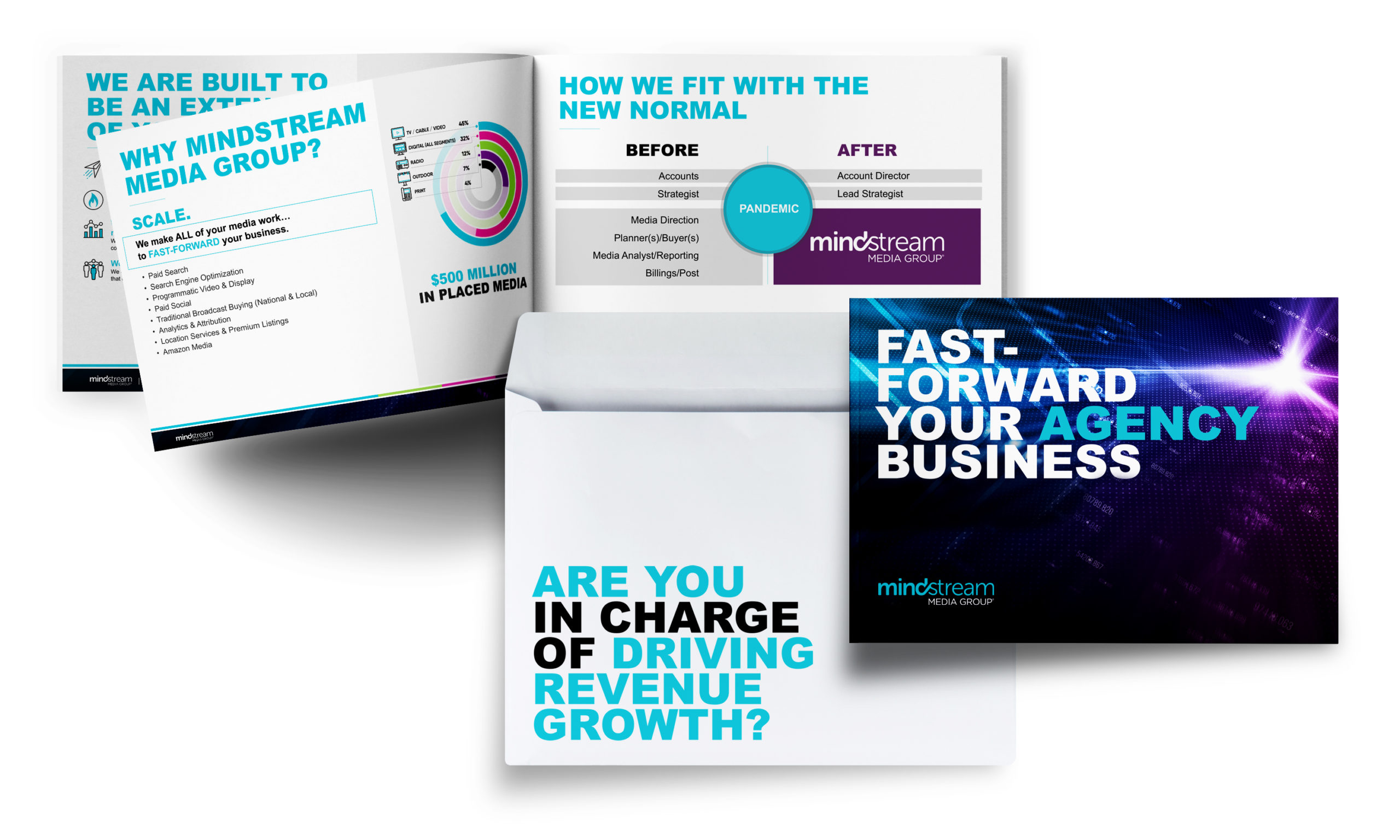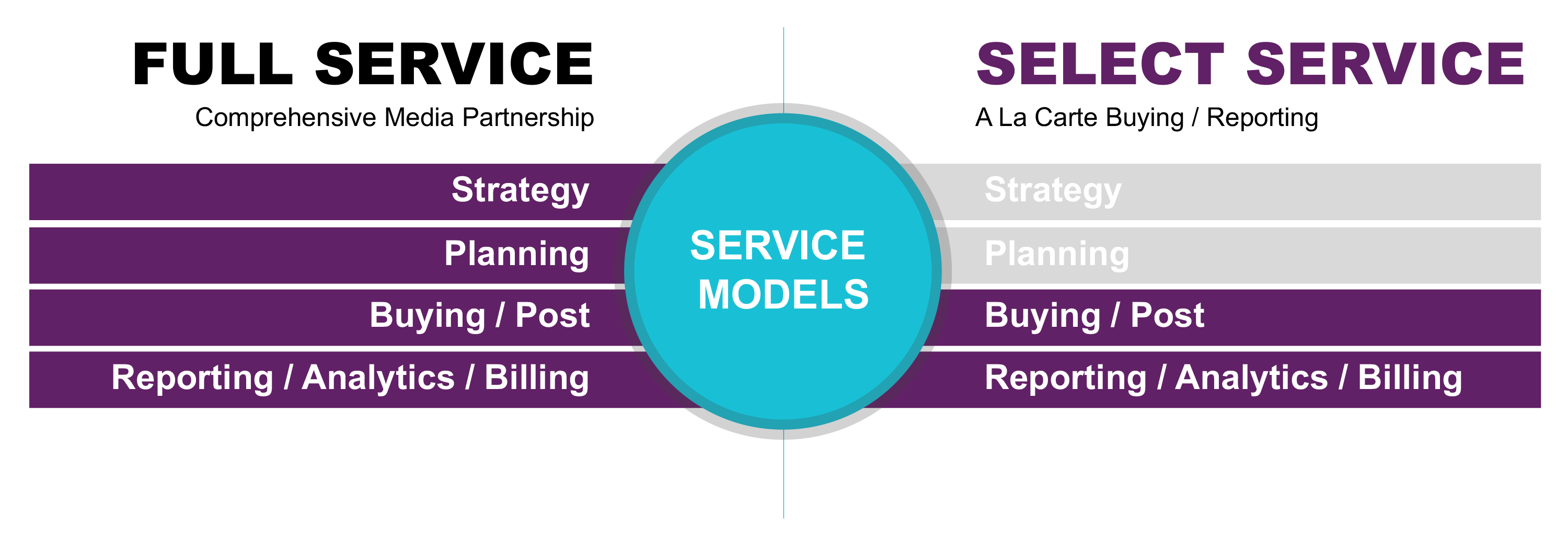Just about half of marketers don’t include phone numbers on landing pages, search ads or in content efforts, according to Invoca. That would fine if it wasn’t for the fact that consumers want more than chatbots and blank forms to connect through, especially on mobile phones. Add to the equation that Invoca also claims calls drive 10x more purchases than clicks, and you’ve got to wonder why marketers are omitting numbers and leaving so much on the table.
Incorporating pay per call phone numbers into performance-based, lead generation programs give advertisers the ability to only pay for qualified leads and gives consumers the experience they’re looking for. While successful programs aren’t as simple as dropping a number or click-to-call feature in an ad, here’s how to develop and execute a profitable program.
Six Ways to Cash in on Inbound Calls
1. Target and distribute right.
How you target and whether distribution networks get your ads in the right place at the right time dictates conversion rates. Targeting options include demographics, search terms, location, day-parting, white listed publishers, etc. and Interactive Voice Response (IVR) technology segments out callers once they click or dial.
Lead gen networks distribute across search engines, navigation and map apps, digital assistants, display ads and local directories. For example, Mindstream Media Group’s lead gen network includes publishers like Google, Bing, Yahoo, Waze, Mapquest, Telenav and Amazon Echo, and we offer brand strategy on applicable delivery across the network.
2. Know your sources.
Sixty percent of marketers don’t know which of their marketing campaigns made the phone ring. This is easily solved with pay per call programs using unique numbers, dynamic insertion and call extensions which track the caller to a specific campaign on practically any medium.
3. Answer the damn phone.
Not picking up and/or providing poor experiences to callers means lost money spent on ads, plus lost short- and long-term business. Marchex marketing analysts who study online-to-offline attribution, examined hundreds of thousands of calls from mobile devices to both automotive service shops and dealerships. Ten to 20 percent of automotive search spend was wasted due to unanswered phone calls, according to their research. They’re not the only vertical with painful abandonment numbers. Marchex noted that 57 percent of real estate calls go unanswered.
Side note: The IRS is doing a better job answering calls than a lot of business categories. This is stunning given that one-third of their inbound calls go unanswered, according to a 2016 Washington Post article. Be better than the IRS.
4. Train your team.
First step is to see No. 3 above. While thorough product, sales and customer service training for those answering calls may seem to be a given, it isn’t. We’ve had advertisers, large and small, concerned that lead gen pay per call programs don’t work when calls aren’t converting to sales. Generally, quick investigation determines the problem wasn’t with the program, but with the handling of the calls, whether at a location or a call center.
On the other side of the coin, we’ve seen brands keenly focused on training watch their conversions skyrocket. For example, Mindstream Media Group works with a national moving company that’s seeing sales revenue increase by 900 percent over a matter of months. Thousands of qualified calls are pouring into their locations monthly from their pay per call campaign and their meticulously trained staff delivers conversions. Extensive training pays off.
5. Listen to performance, don’t just track it.
Pro Tip: Pay per call ad campaigns amass a goldmine of intel ranging from call time, duration and geography to ad source and cost per lead on top of a myriad of other data points. Watch it, understand it and optimize it (keep reading). But, don’t forget to listen. Solid call technology provides options for voice analysis to “listen” to calls on the advertiser’s behalf and determine call type, caller needs and so on by identifying what they’re saying and reporting it out. However, actually listening to call recordings—spot checking a sampling or zoning in on a particularly successful or unsuccessful campaign or store location—allows you to hear tone of voice and intent.
6. Optimize to hit KPIs.
Take your customers’ common and unique buying journeys into consideration during the initial lead gen strategy development and revisit for accuracy and necessary refinement after your program is underway. By integrating call data with landing page traffic, searched keywords and IVR reporting, you’ll hone in on improvements. Knowing what ads, channels and lead gen distribution networks work best allows you to shift allocations. Tracking callers all the way through to conversion or disengagement along their journey pays off significantly during optimization efforts.
A final note: every call is a sales call. Service calls count more than you might think, because that interaction with your brand may well determine if they’ll be a new or repeat customer when the time is right. Easy money.







![[Infographic]: The Consumer Buying Journey for Multi-Location Brands](https://mindstreammediagroup.com/wp-content/uploads/2017/11/Consumer-Buying-Journey-for-Multi-location-Brands-Infographic-Featured-Image.png)

